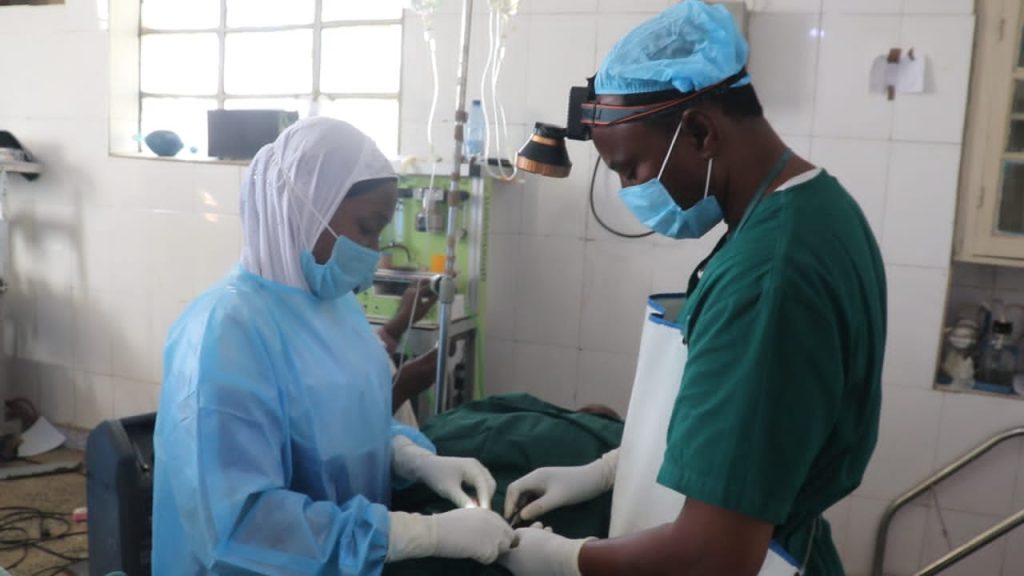In a recent survey of 3,330 health facilities, over two-thirds lacked basic equipment or essential drugs, 35% had essential medicines, while 65% either had expired drugs or had no essentials at all.
Primary healthcare units, especially in rural or conflict-affected areas, often operate without amenities like water and electricity—and qualified clinical staff.
What’s more, the density of health facilities is far below international benchmarks. One report notes Nigeria’s facility density stands at about 0.4 per 1,000 people, among the lowest worldwide.
A partnership to rebuild healthcare access
To address the constrained access to quality healthcare, nine new facilities have been commissioned across eight local government areas in Zamfara state.
These healthcare centres were built through a partnership involving the International Organisation for Migration (IOM), the state government and funding from the government of Japan through the Japan International Cooperation Agency (JICA).
The project, which is part of a humanitarian-development initiative to support internally displaced persons (IDPs), returnees and host communities, incorporates fully equipped clinics powered by solar systems and supplied with clean water infrastructure.
The aim is to rebuild resilient health systems in areas impacted by displacement, flooding and communal crises.
Solar-powered clinics for remote communities
The new facilities are also said to bring services closer to underserved populations, reduce travel time for pregnant women or children needing care, and create a more durable health infrastructure less liable to power outages or water supply failures.
Solar-powered water systems in remote clinics can ensure predictable hygiene, which is especially important in preventing maternal and infectious disease outcomes. In regions where the average journey to clinical care was measured at over two hours, improved local access can materially reduce delays in treatment.
However, infrastructure alone will not solve all problems. Without sufficiently trained doctors, nurses and other medical professionals to staff these clinics, the risk is that new buildings will stand underutilised or deliver basic rather than full services.
In Adamawa state, the situation is especially acute. A government sector report shows that out of approximately 6,789 staff in the state healthcare sector, fewer than 30% are classified as professionals, while the remaining 70 % are support staff, many untrained. Within the same jurisdiction there are only 55 doctors employed in the state service.
Across the country, the reported doctor-to-population ratio is approximately 2.9 doctors per 10,000 people in 2024, far below the World Health Organisation’s recommended threshold of about 17 doctors per 10,000 people.
The IOM further included the integration of digital health technologies, with 219 frontline workers trained to use data tools for patient records, maternal health monitoring and telemedicine for the provision.
Ten additional health workers have also been deployed temporarily to bridge manpower gaps until permanent staffing can be approved, a move that could ease the doctor-patient ratio in a state where fewer than one doctor serves over 13,000 people.
The initiative goes further by strengthening community livelihoods through cash-for-work programmes and entrepreneurship training. These socio-economic activities, especially in post-conflict zones, are vital for building peace and stability.
Evidence from similar IOM-led projects in Borno and Yobe shows that such community-based economic interventions reduce reliance on humanitarian aid in no time, as households gain income stability through self-employment and small agribusiness ventures.
The sustainability of these operations will require reliable supply chains for medicines and diagnostics, effective referral systems, regular maintenance of infrastructure and ongoing community engagement.
In places where health facility numbers are higher but equipment or staff is lacking, outcomes remain poor, meaning that the mere presence of a clinic does not guarantee quality healthcare.
Summary not available at this time.






